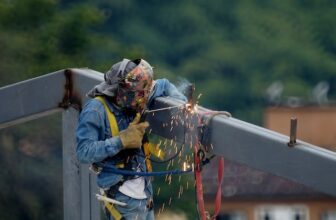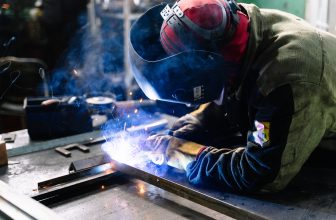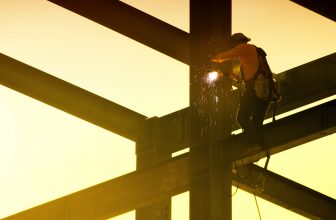Welding has more complexity than it seems in reality. The real problem begins especially for freshers when they take up welding work for the first time. They are confused about what types of Welding gases they ought to use? Since, in welding, there is no single universal welding process that is used for all applications.
The approach used must be varied depending on the type of material to be welded. The type of material determines the type of gas used in the welding process. One type of welding is gas welding in which a bulk quantity of gases is the main component. Gas welding includes gas-fed fire burn to warm a metal piece and to separate the metal which to be weld.
The gases are usually in the form of blended fuels of gases and oxygen is needed for clean hot flames.
Numerous kinds of gases are used in gas welding. The electric power plant is not required to operate a welding framework, resulting in a flexible and versatile creation strategy. Gas welding requires the welder to wear safety gear while working with different types of gases. Moreover, they also need to have a proper safe place for the storage of gases.
If you are looking to buy a welding machine also, do check out our Best TIG Welder guide
Types of Welding Gases
Argon Shielding Gas
Argon is practiced in many welding processes, as it is inert noble gases and It doesn’t react with almost any substances as it is heavier than air, has low thermal conductivity. It may ionize effortlessly in a welding process as argon is the 3rd most typical gas found on the Earth. Furthermore, it is a cheap option to use (in the US).
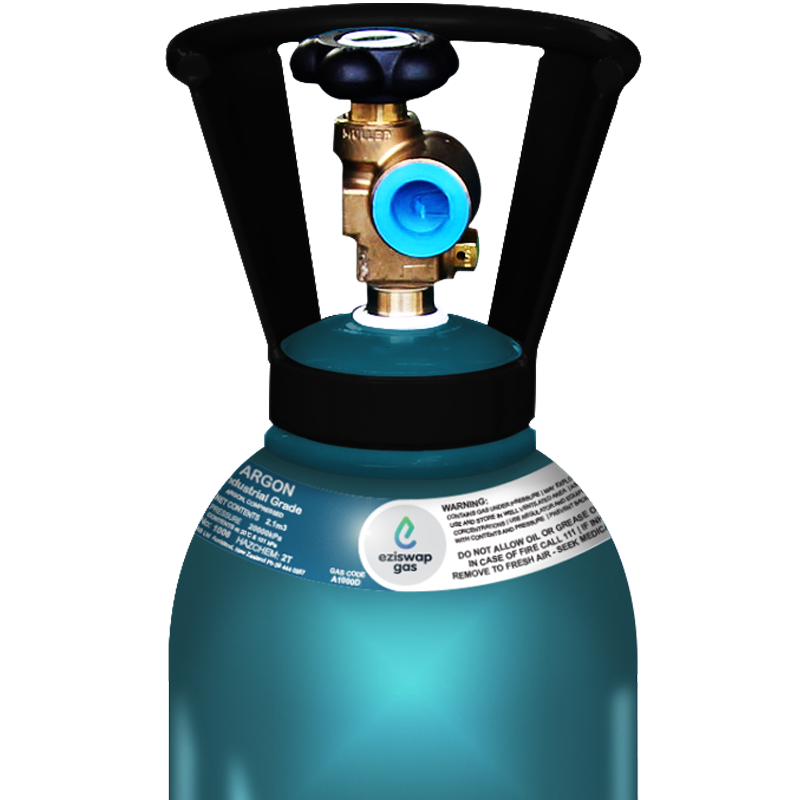
It’s a shielding gas utilized when working on stainless steel and aluminium. However, it is also consumed in conventional carbon steel since it makes a significant difference in binding solidness and smooth metal transfer from the anode to a weld pool. Besides this, argon may be an essential component of shielding gas when spray like, high-productivity welding is needed in GMAW or change of integrity in steel items.
Argon primary used for shielding and specifically to keep contaminants within the air at the cove. It is often delivered to bear in the initial welding stage, or it is required to cleanse the underside parts of the joint. Beyond any doubt, it is a perfect choice for a MIG welding gas and a preferred TIG welding option.
Helium
Helium is much lighter than air, which implies higher stream rates are required than for argon or carbon dioxide. It provides excellent thermal conductivity but lower electrical conductivity than argon (arc-starting requires higher voltage). Helium is usually combined with other gases to enhance performance traits. Helium-enhanced blends can join all types of materials with the usage of GMAW, GTAW, or FCAW.
Carbon Dioxide
CO2 dissociates at circular segment temperature and recombines as it comes in contact with the cooler material surface. Here it realizes the circular vitality to the weld pool. Increment of CO2 gives more extensive and profound bead infiltration. The oxidizing climate produced inside the circular zone comes out as slag on the concrete surface of the GMAW bead. CO2 is an essential molecule to be blended with argon for GMAW or FCAW.
Oxygen
Oxygen can progress circular execution in GMAW by upgrading the bend sounds whereas diminishing pressure on the weld pool’s surface. This gives the weld pool more liquified and has an enhanced wetting feature as oxygen reacts with other parts of the welding wires, resulting in more accumulation of slag found on the weld bead surface.
Nitrogen and Hydrogen
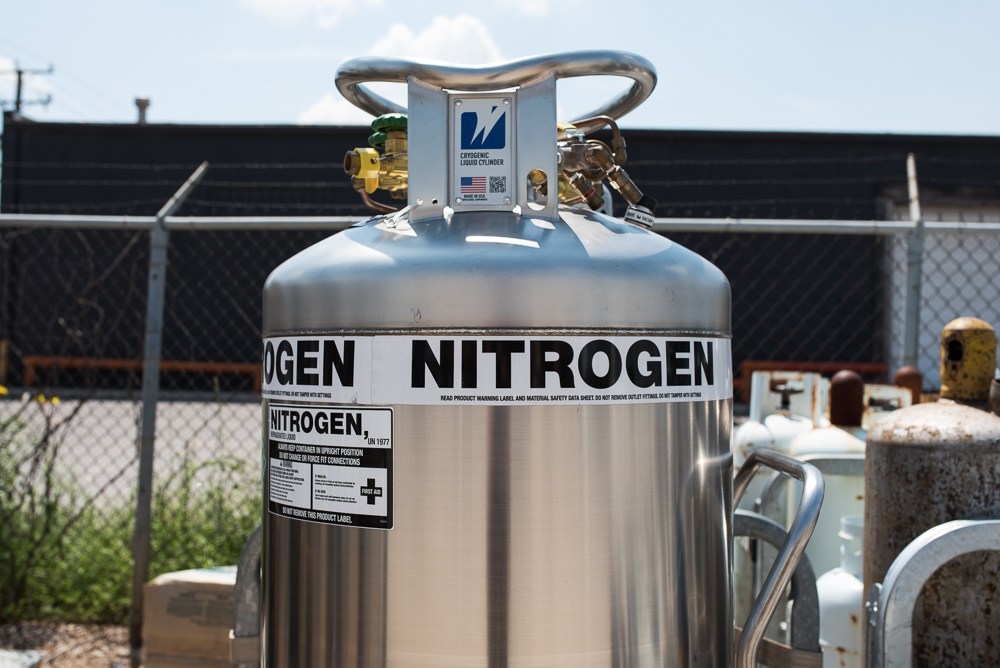
Nitrogen and hydrogen are commonly utilized for welding 300 arrangements (austenitic) or duplex stainless steel and Nitrogen is used for weld infiltration and bending stiffness. Hydrogen progress weld puddle liquidation and surface cleanness. Their combined use is restricted only for stainless steel applications as nitrogen may cause porosity in carbon steel, while hydrogen increases splitting potential in a few of the same material.
MIG Welding Gas
MIG welding is metal inert gas welding, which is one of the welding processes. It is also used to melt and join the pieces of metal that require electrical power in ample amounts. Electricity gives a supply of an electrical discharge between an anode wire and metal which to be welded. As a result, the wire melts due to electrical conduction, and it’s deposited is made for welding.
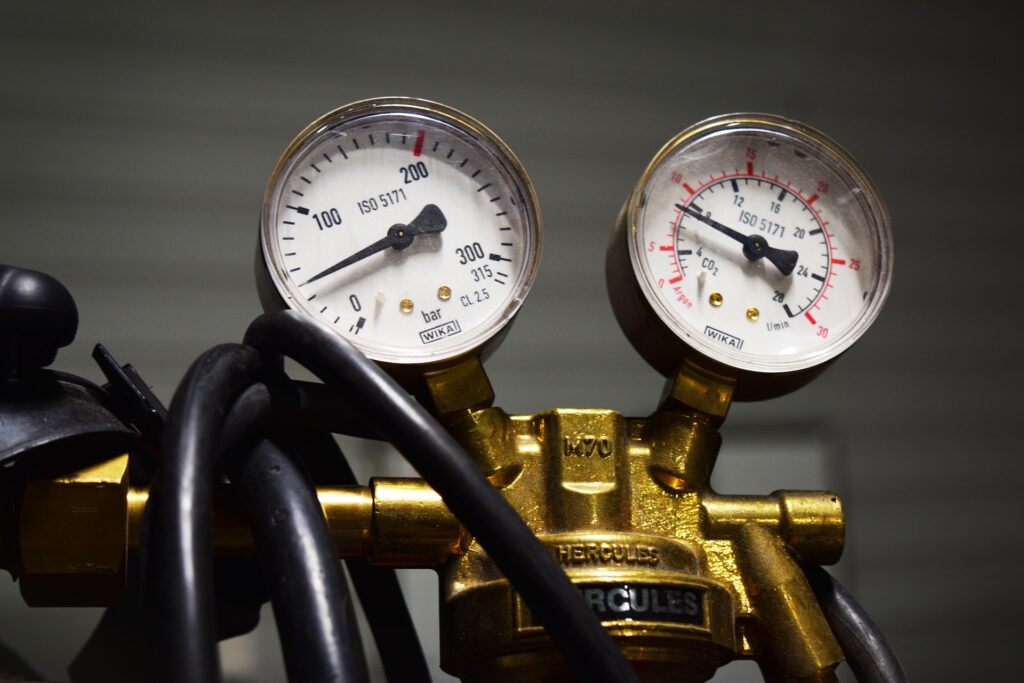
When the welder stopped supplying heat, it gave them time for melted metal to cool down in the welding pool. This makes the metal solidifies and takes a new shape of fused metal, and at this point, the MIG welding process also completes. The whole process is done at the beak of a MIG torch with a portable device, not like a fuel-filler nozzle that supplies electrodes and inverts gases.
Also Check Best Welding Cart
MIG welding with the latest gears is best suited for handy work, moderately low volume work, which can easily be done manually. These works are available around the factories and in production lines of metalworking where the storage MIG explosion is not an issue. There are some tasks where MIG comes on its own like: assembling small parts of the car, speed, weld quality, and high mileage.
Advantages of MIG Welding
MIG Welding Is Fast
In any type of welding, the time factor is the primary key to identify the difficulty and quality needed to finish the weld. However, if all the things are taken even break and take MIG welding against the other latest form of welding technique, MIG will come on one number in most cases.
Whether it is the matter of welding, amateur or occasional modeling of parts, do you why? The solution lies fundamentally in constant-fed electrodes which are encouraged from the welding machine, from a spool-gun MIG burning. And In modern mechanical tools, by a combination of thrust and drag innovation.
Long-pass welding
Another reason for why MIG welding is speedy. If you can store enough weld metal after each MIG burn batch, maybe it seems a disadvantage in small welding tasks. However, if you get along and complex weld to be done, you can quickly complete your task within a few passes. This will save you time, energy, and you will be done more proficiently and productive.
Stops electrode stub loss
If you get a chance to do stick welding, you will get to know the real problem. No matter how professional you are, you will waste a heap of welding sticks known as stub loss. After the invention of MIG welding, you can expel this word out from your welding dictionary as you can give constant supply to the terminals, which saves time and cash.
Disadvantages of MIG welding
MIG welding set up cost is high
The main advantage of a good MIG welding machine is that it will last for years. But when it comes to the repair and maintenance of the parts, you will eventually end up buying a new machine, so MIG welding requires a significant amount of investment. Why do you need to invest? You might be thinking about this.
The answer is because with the modern machine you can not only do stick welding but tig welding too. This provides a chance to have command over your skills and master it. For this then, you need to invest hundreds of pounds to buy an R-Tech MIG 80 Welding machine which offers you additional features to enhance your skill.
Wind Problem
Wind can be an issue to the storage area where the shielding and other gases are flowing. It can become worse if your work is sealed or it is near a coast or field. However, the problem can be solved if you buy or install a decent welding screen near the off-shelf but, unfortunately, it can’t work out in storm conditions.
Weird Position
In the risky weld in which you need to incorporate vertical and overhead welding with high heat input and versatility of the weld puddle. you need to look for another welding method. Well, this much you can pay the price for the benefits you are getting from MIG welding. However, if you pick a good machine then, you can easily ace in your skill.
Optimal Gas Flow
Shielding gas flow rates are judged by the welding process, welding position, and working parameters. The usual flow rate with GTAW is from 10 to 20 cubic feet per hour (CFH). For GTAW, usage of a torch with a gas focal point will help you have a perfect laminar flow, which contributes to improved weld quality and reduces 10 per cent or lower gas utilization rates.
Using GMAW and FCAW, the recommended flow rates usually vary from 30 to 45. It depends upon the welding position, operating system, and the composition of shielding gases. Welding on a leveled surface position requires a helium-enhanced blend with slightly higher flow rates than an argon-based mixture. Gas flow rates can be minimized if the distance to work from the end is kept near as far as possible.
You May Also Like Welding Beads
On numerous occasions, manufacturing industries get to know the surveys that shielding gas flow rates are typically set more than 50 CFH. This led to low weld quality as barometric gases are drawn into the bend zone because of excessive gas turbulence. Optimized flow upgrades the quality and diminishes shielding gas usage.
Welding Gas Safety
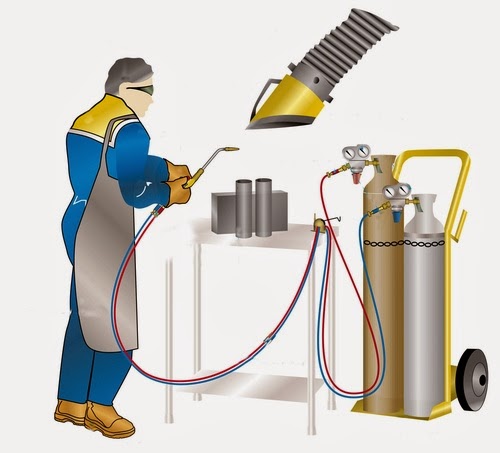
Most welding gases are not combustible, but it doesn’t mean that you work without any care. A flammable gas, such as acetylene, however, should be treated with extra care. Combustible gas should be there only at the times when it is being utilized in the welding machine, otherwise not. You must have a B category fire extinguisher on your hand while you are working on arc metal with flammable gases.
Remember! You can’t set fire to noble gases; however, you can compress them by filling the space of the draught you have. In cases, if you are in an arc welding condition with poor ventilation, you can make sure that you have the right protective conditions in your workplace. This means an extractor cooler, gas leakage detector and spotter. and you must have standard breaks to minimize the overall threat to your breathing problem.
Also Check Out Best TIG Welder For Aluminium



